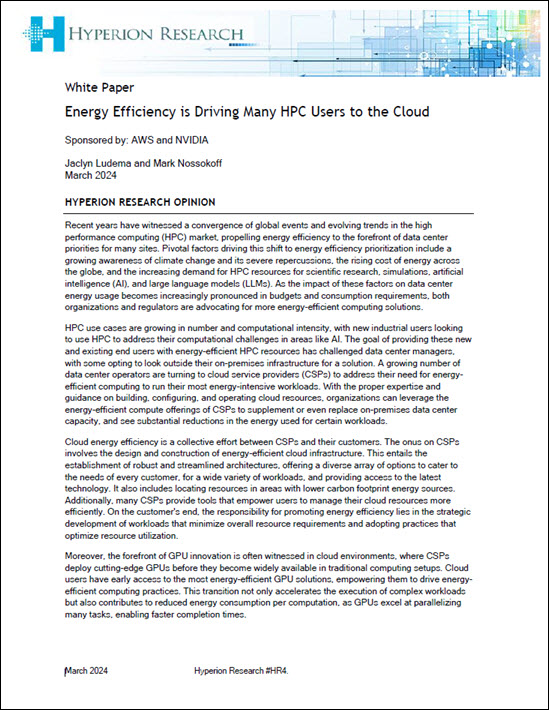“Developing autonomy for a robot demands slow incremental code verification. This process is more efficient when testing against simulation first and later on the physical robot”, said Dr. Yehuda Elmaliah, Co-founder & CEO of Cogniteam. Running new and unpredictable simulations in silos puts a painful squeeze on finances, beginning at $5,000 a month and having no ceiling in sight. The alternative is to spend nearly as much on expensive computers for each team member. Dr. Elmaliach continued, “With Nimbus, upload your robot and drag & drop sensors, then run an in-browser simulation without worrying about costs or hardware capabilities. These are visible to all team members and 3rd party vendors, who can operate without worrying about costs or hardware capabilities.“
Aiming to reduce the high cost of robotic development while increasing collaboration, teams can work remotely on a single robot, updating the code and seeing its impact in real-time while in various environments. These include delivery robots in a city, agriculture robots in an orchard, and more. “Using the Nimbus Ecosystem, we were able to address a challenge for our client, simulate an update, then push it out to the real robot in the field – efficiently and at a predictable cost.” Dr. West, CTO at Haystack robotics.
Helping companies get the green light to produce a prototype, Nimbus’ in-browser simulation capabilities can act as an early proof of concept, allowing for a clear understanding of how the robot will act in its intended environment.




